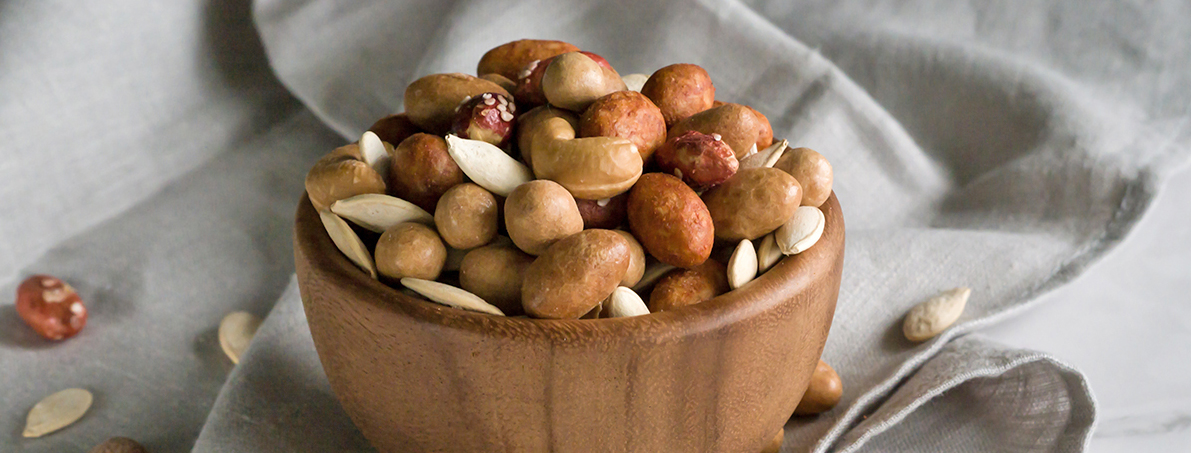

APPLICATION
Building a crunchy shell on nuts
A crunchy nut is a nut delivering the crunch of a light biscuit in addition to the nut itself. Having the appearance of baked biscuits results, in fact, from a panning and roasting process.
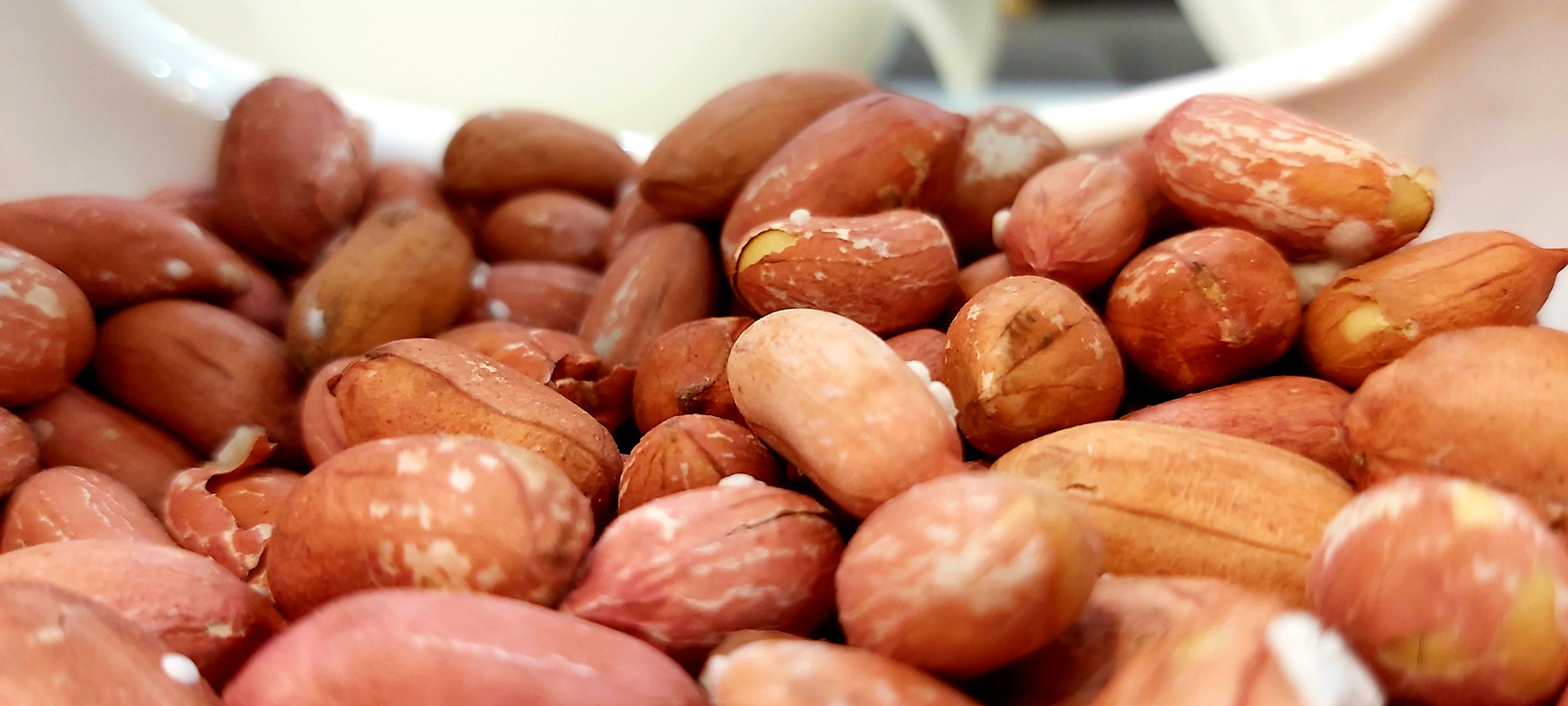

BASE
Core products
The core is a nut – typically a peanut. Small-size nuts are preferred as coating increases substantially the overall size of the nut. Different bites can be offered: a complex but shallow coating or a light and thick coating depending on the expansion of the biscuit.
RECIPE
Ingredients
The raw nuts are first coated with a slurry acting as glue.
This slurry is simply water or glue made of hydrocolloids which have filming and adhesive properties such as:
- Glucose syrup
- Gum Arabic
- Maltodextrin
Then a flour mix is added to build up the biscuit layer. It is composed of:
- Salt
- Taste enhancers such as glutamate, yeast extract
- Native flours such as rice, maize, or wheat give the body
- Pre-cooked or modified starch to promote the expansion of the biscuit
- After frying, the coated nuts receive a flavouring mix.
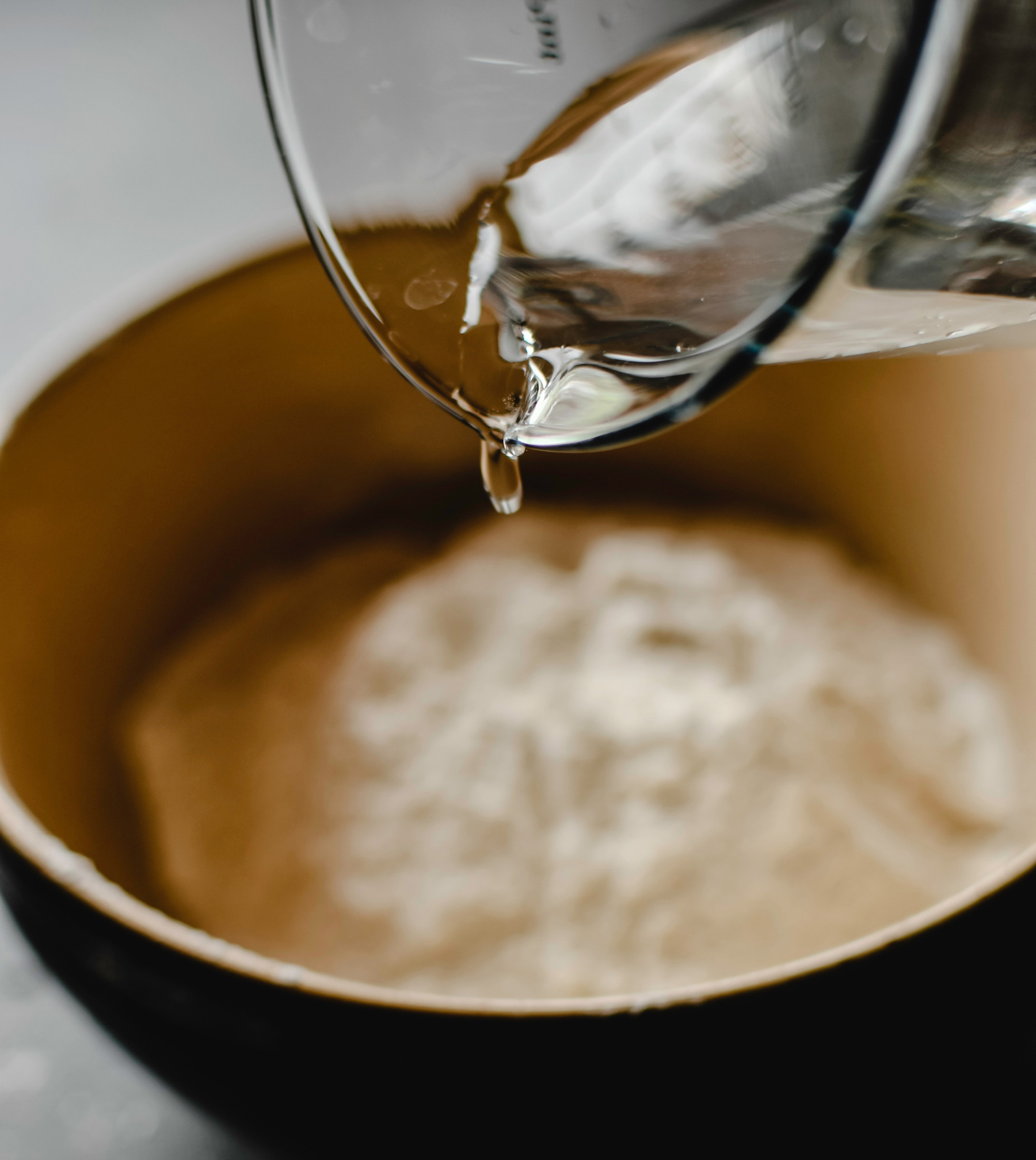





RECIPE
Ingredients
The raw nuts are first coated with a slurry acting as glue.
This slurry is simply water or glue made of hydrocolloids which have filming and adhesive properties such as:
- Glucose syrup
- Gum Arabic
- Maltodextrin
Then a flour mix is added to build up the biscuit layer. It is composed of:
- Salt
- Taste enhancers such as glutamate, yeast extract
- Native flours such as rice, maize, or wheat give the body
- Pre-cooked or modified starch to promote the expansion of the biscuit
- After frying, the coated nuts receive a flavouring mix.
PROCESS
How does it work?
The process is typically wet panning, where layers are successively built on the centre. Roasting removes the moisture and cooks the starch. Dry flavouring completes the product.
The process and the ingredients may vary to provide a different aspect and taste of Japanese, Lebanese coated nuts. For example, Lebanese-style coated nuts are first roasted and then coated with starch suspension; the residual heat cooks the starch and extracts the moisture; spices and flavours can be added.
Step 1.
Introduction of the nuts in a rotating pan.
Step 2.
Application of the flour mix on the wet nuts and dispersion. The thickness of the coating biscuit is increased by repeating the 2nd and 3rd steps.
Step 3.
Salt or flavour dosing and application.
Step 4.
Transfer into a hot air roaster or an oil fryer, which completes the coating operation, cooking the flour and expanding the biscuit.
Step 5.
Transfer into a pan where various flavours are applied in smaller batches.
PROCESS
Coating system
The successive liquid and powder applications occur in a rotary pan or drum. The slurry is dripped over the nuts and dispersed by the motion.
The flour mix is dosed. Depending on the size of the batches, the liquid and powder applications are done manually or mechanized with a pump and feeder, respectively.
As the powder tends to set quickly on the wet surface and form agglomerates, it is recommended to disperse the powder finely and progressively over the nuts. Cooking may be done in batches or continuously.
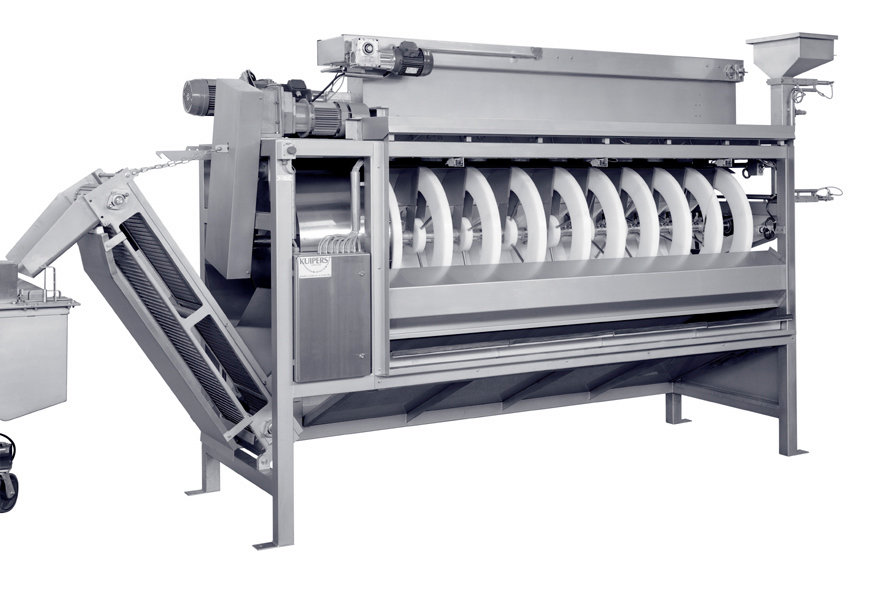

PROCESS
Coating system
Depending on the throughput and frequent recipe changes, there are many options. Coating pans are generally used, from small to large sizes. They come with baffles to enhance the tumbling motion of the products. Mechanical liquid and powder dosing devices are added, possibly automatized…
The most advanced solution is a tumbling system where nuts are continuously processed. The design displays sections through which the nuts progress, where liquid or powder can be successively applied. Illustration: CN300 continuous nut coater, courtesy of Kuipers Food Processing Machinery NL.
PRODUCT EVALUATION
How do you measure your success?
Key quality features
The product is a combination of features.
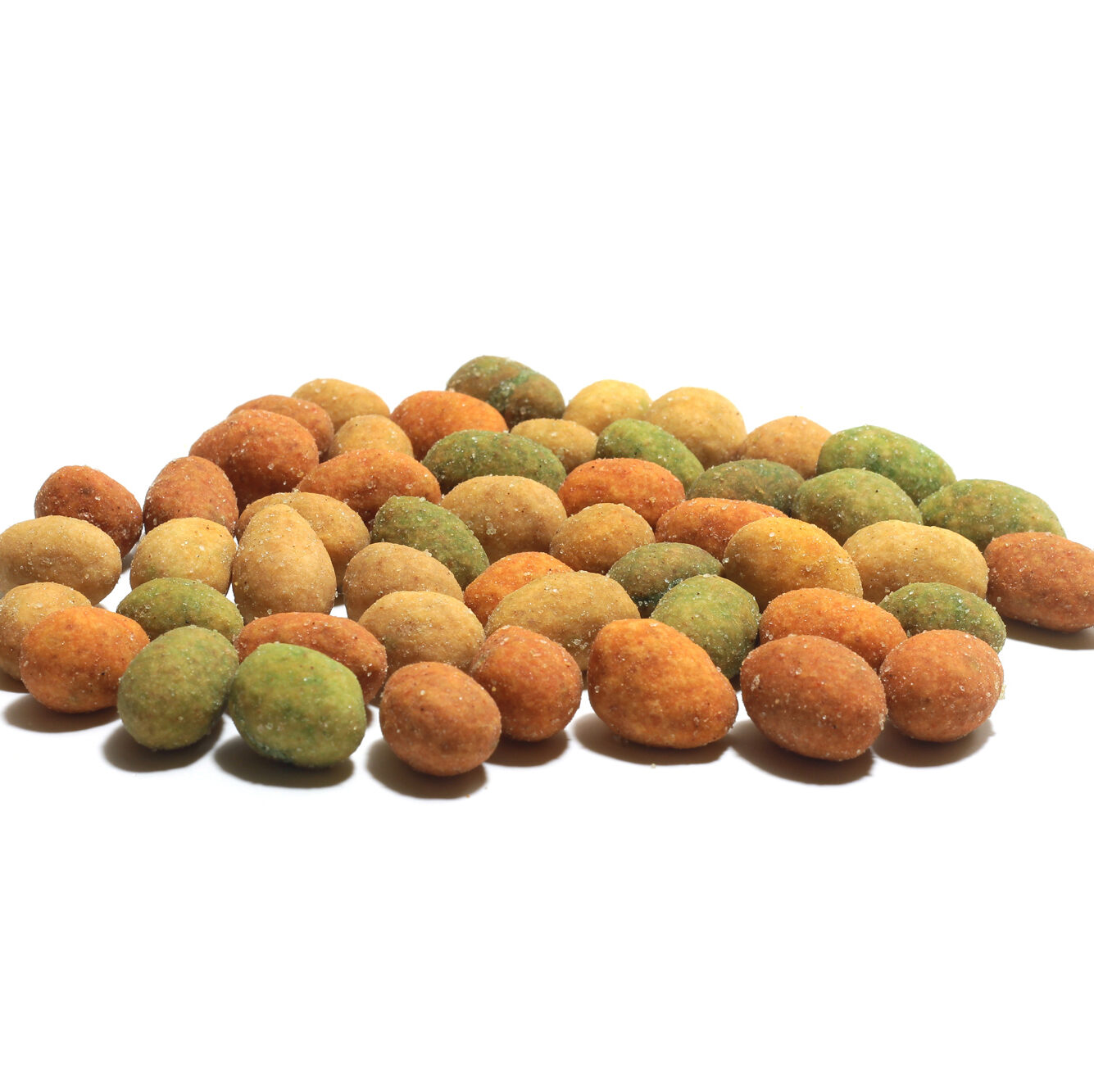

Core
Peanut is standard. Small and even size is used. Not split.
Coating
Crunchy as biscuit, holding firmly to the core.
Flavour
Adheres to the coating.
Key quality parameters
Some aspects of this type of coating are critical.
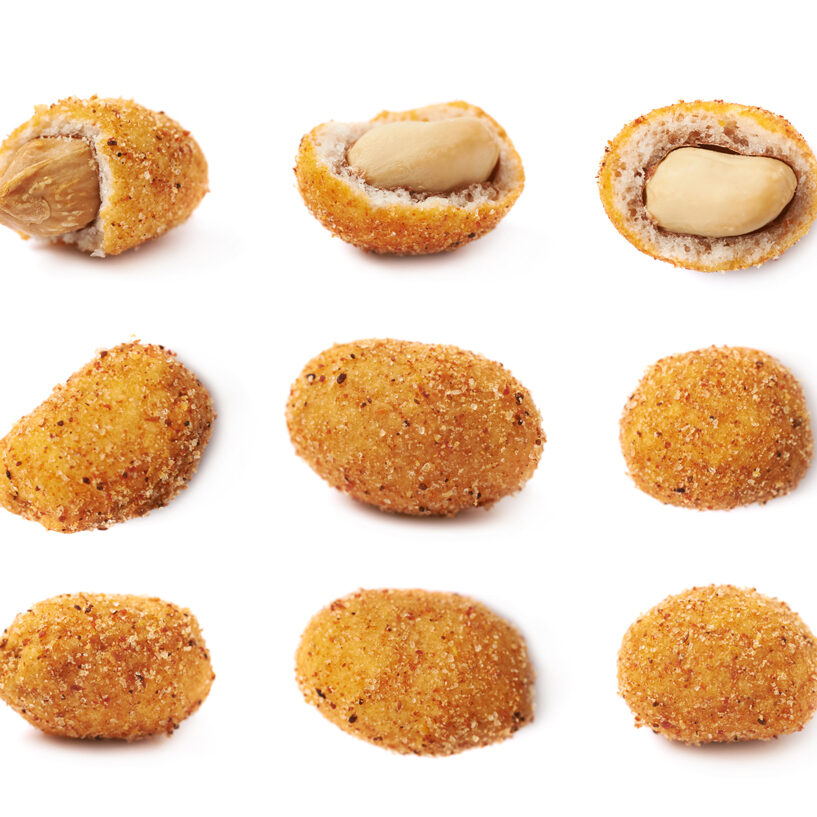

Slurry
Surface tension and viscosity are critical to offering a sticky layer to the powder.
Flavour
Adhesive and expansion properties of the flour mix; flours provide a better expansion when previously cooked or modified.
Time
Timely and quantitative control of the liquid and powder in addition to preventing excessive humidity, aggregation, and ingredient losses.
APPLICATION
Discover more applications

